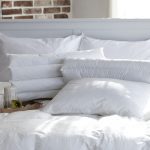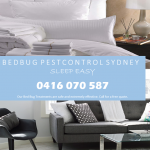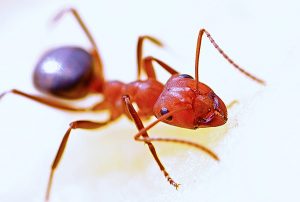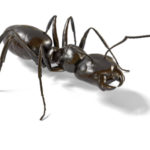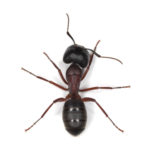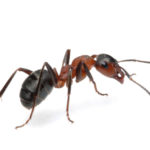Bird Control Sydney
![]()
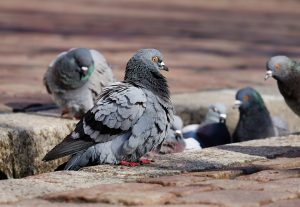
Pigeon pest control Sydney | Bird Proofing in Sydney | Commercial Bird Control Sydney | Bird Lice pest Control Sydney | Starling pest control in Sydney | Indian Myna Pest Control in Sydney | Seagull pest control in Sydney
Need Pest Control For birds?
 Why are some birds considered pests in Sydney?
Why are some birds considered pests in Sydney?
Pest bird populations are on the rise Australia-wide due to urbanisation. The availability of an easy and continuous food source and our persistence in building structures that offer havens for pest bird species.
Birds that are known as pests include Pigeons, Seagulls, House Sparrows, Indian Mynas and Starlings.
The longer birds nest or roost in an unwanted area, the harder it is to remove them. Pigeons live in flocks of anywhere between 50 and 500, a small problem has the potential to turn quickly into a large infestation.
Birds have been known to:
Cause property damage: dislodge roof tiles, block gutters, build nests which can cause a bird lice infestation and leave behind their droppings.
Safety Issues: Bids can often become aggressive and attack customers and employees during their breeding seasons.
Health Risk: As birds can carry fleas, ticks, mites, lice that can cause bites to customers and employees. These host pests can spread diseases and allergic reactions to their bites
Bird Control Sydney
Why is bird management critical to commercial clients?
Image
Retail stores do not portray a good image with a building or signage covered in birds, nests and their droppings. The public no longer tolerates bird droppings on building as they believe the external look of the building reflects the internal look and cleanliness of the store. Building & company owners and managers are beginning to realise this.
Cost
The ongoing cost of cleaning buildings, shop fronts and facilities can be quite significant.
Work Stoppages
Staff and contractors may not be tolerant of working in a bird infested facility where work stations are covered in bird droppings.
Hazard Risk
An increase the chance Slip and fall hazards on work sites due to dropped feathers, nesting and/or droppings
Damage
Bird droppings can damage materials such as painted surfaces, glass and steel as it contains uric acid.
Clogged Drains
Some pest bird species are prolific nest builders bringing in such as twigs, straw, insulation, wool, string can fall and drop into drains.
Stock loss
from the birds pecking and defecating on stock
Noise & Biting Insects
Large flocks of birds can be very noisy. Any bird issue no matter the size can cause an issue with fleas, lice/mites
Health Risk
Pest birds can have serious health implications. It is a well-known fact that birds can pass diseases onto humans and animals as seen recently with the bird flu.
Bird Control Sydney
What are the signs of a bird problem?
- Birds settling on ledges of roof
- Bird noises
- Bird nests
- Damaged stock
- Droppings
- Debris from nests and feathers
What areas should be inspected to identify a bird problem?
- Balconies
- Ledges
- Chimney stacks
- Guttering
- On top of flat roofs
- Damaged tiles
- Gaps larger than 25 mm that could allow access to your building
What Bird Management options are available?
Bird Control Sydney
Pest Control Today knows that bird proofing requires the use of reliable and tested deterrents to ensure an effective, long term solution to any bird problem
Preventing birds entering your property is of the utmost importance. We will locate and secure all viable entry points to your premises. If nests are found, the area will be cleaned and sprayed for bird lice.
Management sometimes can be complicated due to the severity of the problem and the location.
We will determine the best method of control based on your needs by taking into consideration:
- Area of application
- The bird species
- Your location
- Access to the areas of concern
Some forms of control that may be used are as follows:
- Shooting
- Trapping
- Baiting
- Excluding
Non-chemical methods
There are many products available on the market today to help solve bird management problems. The most commonly used of these are:
- Bird spikes – bird spikes deter birds from roosting on guttering, ledges, window sills and other flat surfaces by preventing them from being able to land.
- Netting – high quality bird netting is used for all installations to ensure maximum protection.
- Coil – Used to deter birds from landing on buildings and ledges. An effective method of when used in the right situation.
- Shock – tape that is placed on any ledge to prevent roosting. When a bird lands on the tape it gives them a small electric shock as the deterrent.
Bird shooting
This method of control is mainly used for a single rogue bird or two. Pest Control Today can provide further information on this at your request
Bird Capture
This method involves encouraging live birds into a trap that is placed in their roosting or feeding areas that is either baited with a live bird or with grain.
Once a certain number of birds have been trapped, they are removed and killed. The traps will then be re-set.
Chemical controls
Chemical control for birds is a touchy subject, even if the bird in question is a pest species. The public take concern when they see birds in distress or dying.
Birds are fed untreated grain in a secluded area for about a week and on the 8th day the untreated grain is substituted with treated grain. The grain is treated with a narcotic substance, the purpose being to induce stupor in the bird so that it is easily caught and killed.
This method strictly complies and is in accordance with the National Parks & Wildlife Service.

![]() Each property, building and location is different, a customised management solution should be designed to suit your specific needs.
Each property, building and location is different, a customised management solution should be designed to suit your specific needs.
We would love to find out more on how we may be able to help you.
Click to call or contact with us via the contact form available at our website.


 Need termite Control For your new building?
Need termite Control For your new building?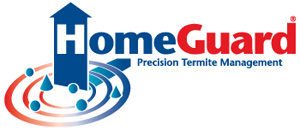

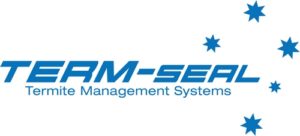
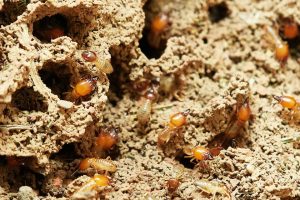 Need a termite inspection?
Need a termite inspection?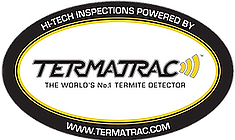

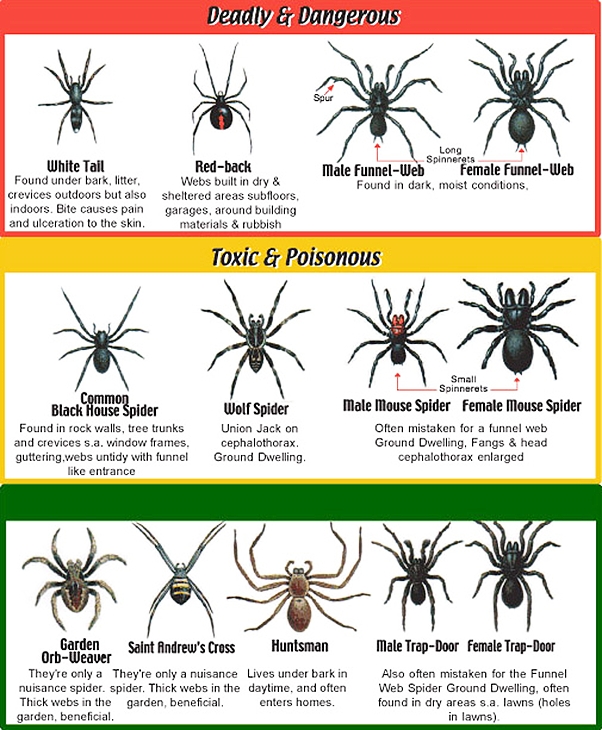
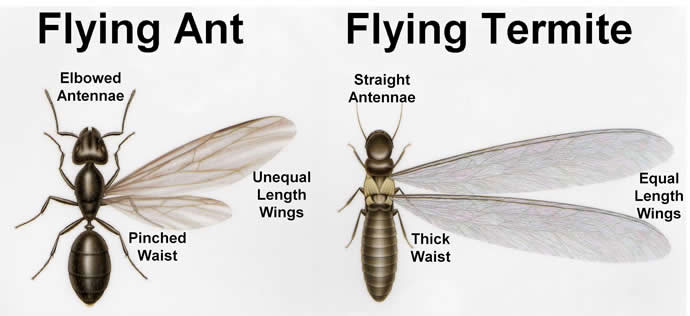
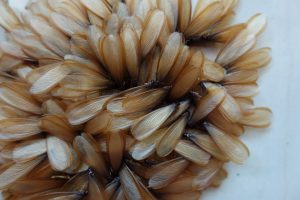

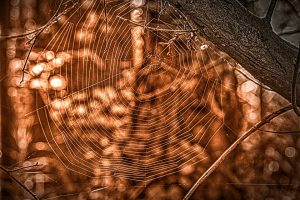 Redback Spider Pest Control Sydney | Hunstman Spider Pest Control Sydney| Funnel Web Spider Pest Control Sydney | White Tail Spider Pest Control Sydney | Mouse Spider Pest Control Sydney | Brown House Spider Pest Control Sydney | Trap Door Spider Pest Control Sydney | St Andrews Cross Pest Control Sydney
Redback Spider Pest Control Sydney | Hunstman Spider Pest Control Sydney| Funnel Web Spider Pest Control Sydney | White Tail Spider Pest Control Sydney | Mouse Spider Pest Control Sydney | Brown House Spider Pest Control Sydney | Trap Door Spider Pest Control Sydney | St Andrews Cross Pest Control Sydney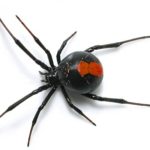
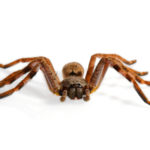
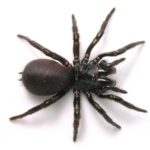
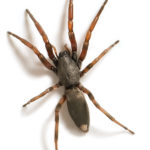

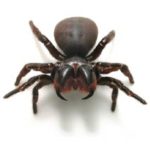
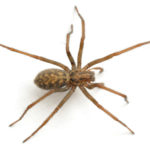
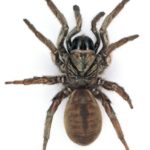
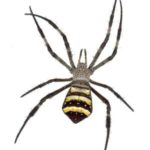
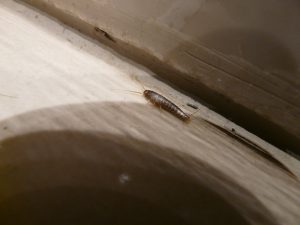 Need pest Control For silverfish?
Need pest Control For silverfish?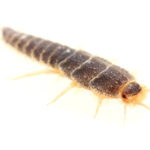
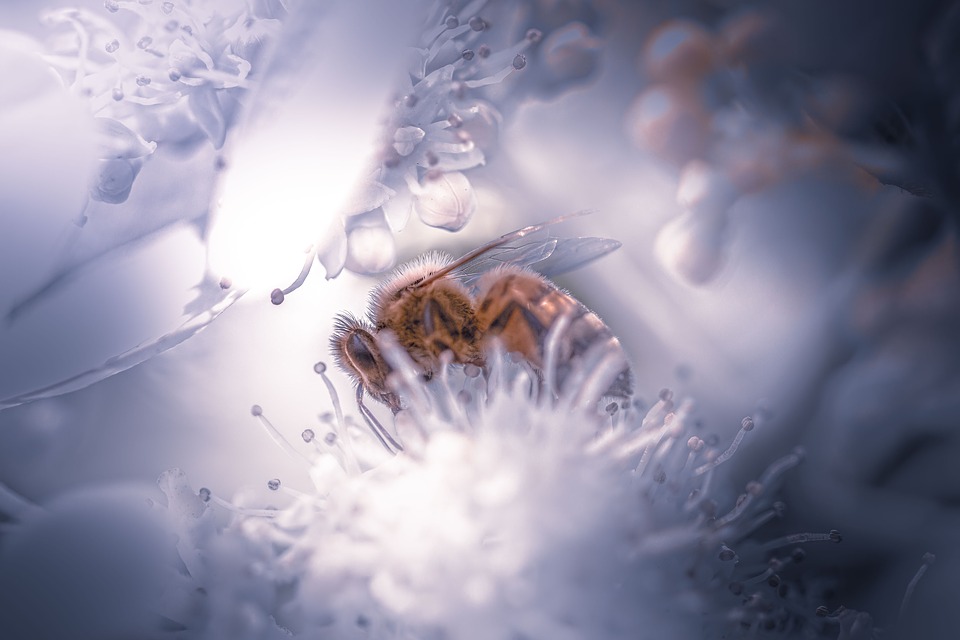 Bee Pest Control Sydney – Wasp Pest Control Sydney
Bee Pest Control Sydney – Wasp Pest Control Sydney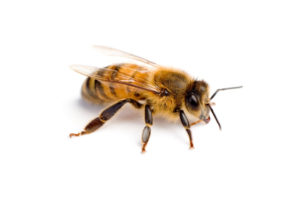
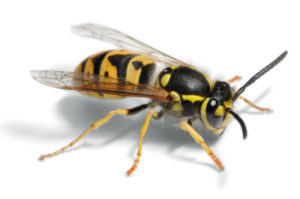
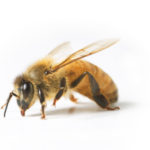
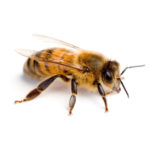
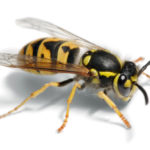
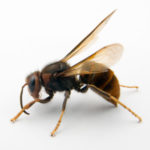
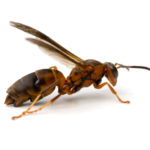
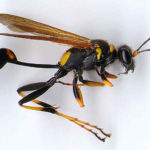
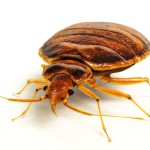

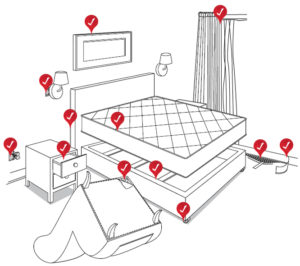 Pay Special Attention to:
Pay Special Attention to: